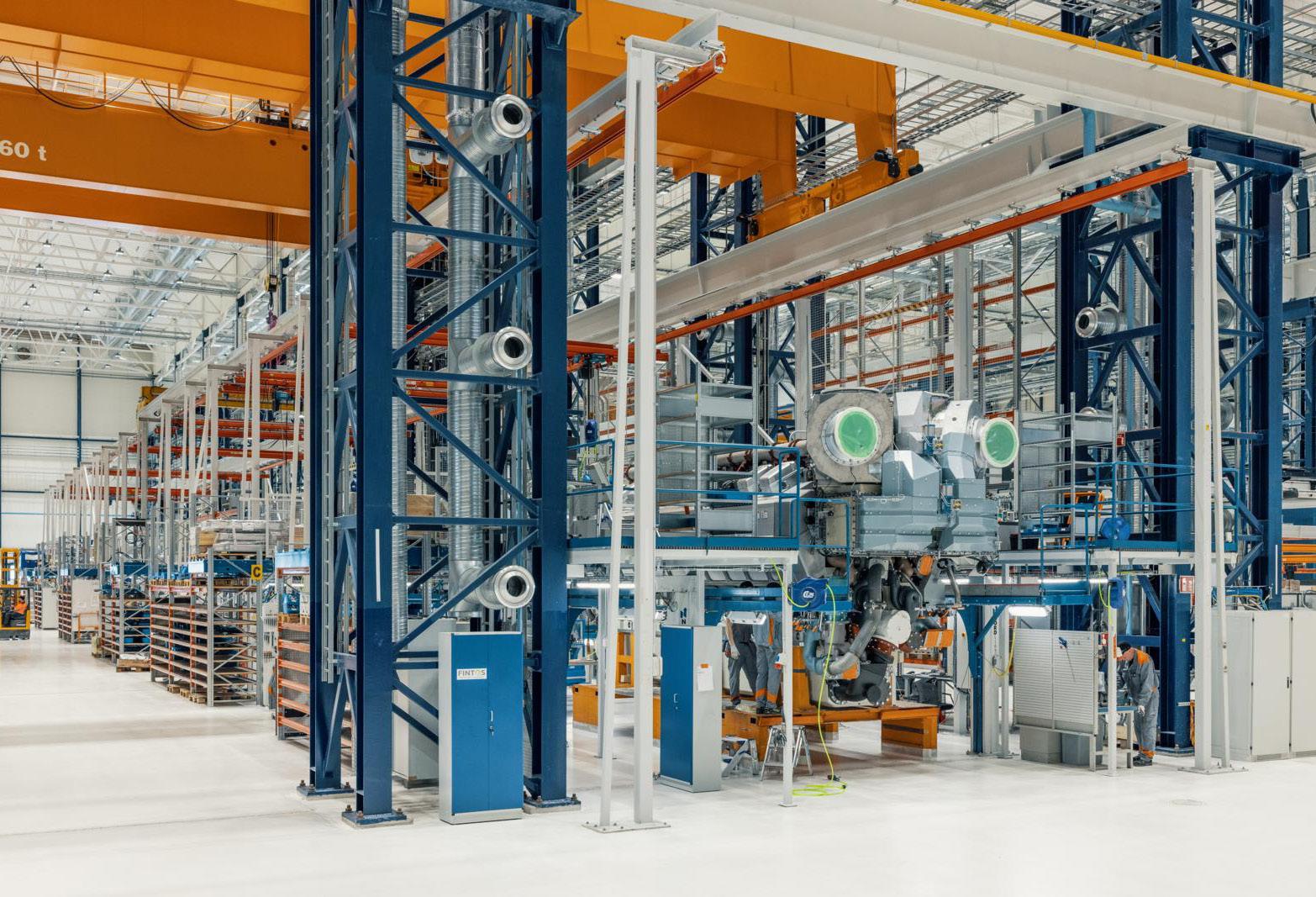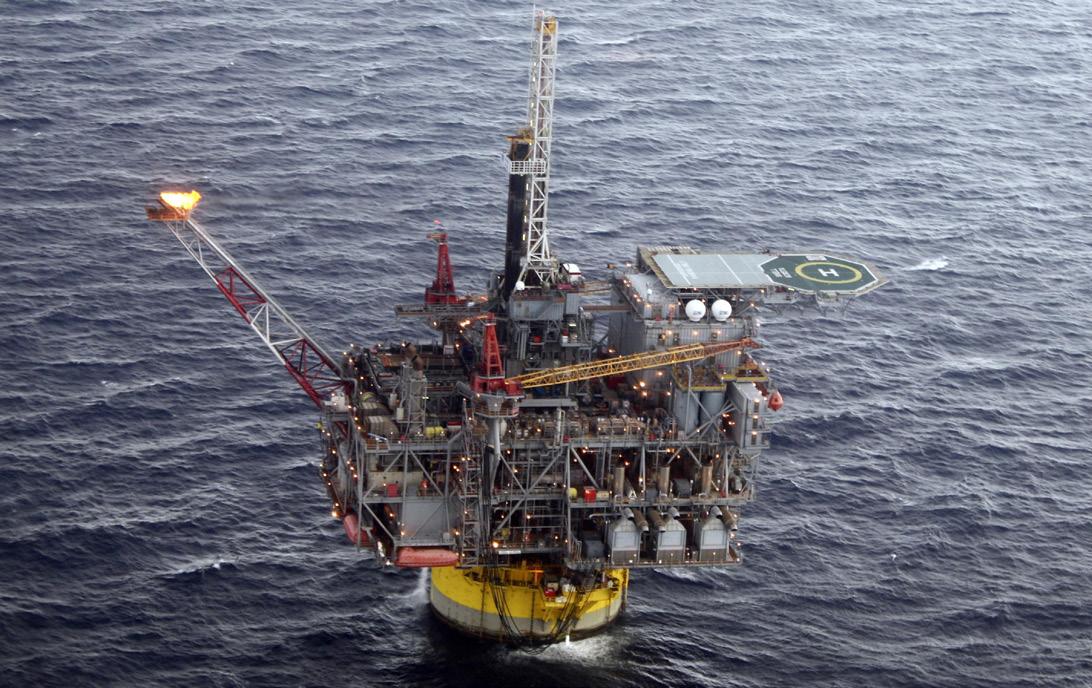
4 minute read
Reefer Vessels
By Paul Bartlett
One of the Seatrade fleet
Advertisement
Fresh approach generates new business models in reefer sector
As supply chain disruption continues and analysts warn that no improvement is likely any time soon, the trade in perishable consumables by sea is more challenging than ever. However, for the last two years, owners of conventional pallet-based refrigerated ships have enjoyed record earnings. In March, spot rates for a 270,000 ft3 vessel hit more than $1.60/cubic foot, according to Clarkson Research, up from just US$0.50 in early 2020.
Earnings are significantly higher than any ‘high-season’ peaks (corresponding to summer in the southern hemisphere) so far this century. In fact, even those with long memories cannot remember rates at these levels and, some say, they are unprecedented. The reason is a combination of the pandemic, regional lockdowns, port congestion, equipment imbalances, and now, Russia’s aggression in Ukraine.
Many consumable commodities, shipped in refrigerated conditions, are carefully timed to ensure that they reach supermarket shelves in just the right condition. If a cargo consignment fails to meet certain criteria, receivers can refuse to take delivery. Now, with the unpredictability of scheduled liner services, conventional reefer services have been given a shot in the arm.
Yet the traditional reefer fleet continues to shrink as more and more perishable cargoes move to containers. Conventional reefer capacity has fallen every single year since 1993 and, at less than 190m cubic feet, is now below half of the 400m cubic feet in that year. Yet there is still virtually no contracting – Clarkson reports just seven conventional reefers on order at present. The fleet has an average age of more than 30 years.
In sharp contrast, reefer slots aboard container ships have continued to climb and now represent more than 5bn cubic feet, about 27 times the capacity of the entire specialised reefer fleet, according to Clarkson figures. Many of these large boxships have substantially more reefer slots than the entire capacity of a relatively small, specialised, conventional reefer vessel.
Reefer operators were already adapting their business models long before the pandemic. Pallet-based cargoes had moved to containers despite liner schedules not being able to serve some export markets – bananas from small islands in the Caribbean, for example, or fish and meat trades from the southern hemisphere. Despite the change in fortunes for the operators of conventional vessels, however, the trend towards containerised shipments continues. And new business models show a change in strategy on the part of reefer operators. They are now choosing relatively small and flexible container ships with high reefer capacity but scope to ship ordinary containers too.
A recent example is a contract placed by Antwerp-based reefer owner, Seatrade, for four 1,800 teu containerships with reefer capacity of about 1,300 teu. The eco-design vessels will be built to a SDARI Sealion 1800 BKK class at Huanghai Shipyard, China, and the vessels are due for delivery from October 2023. In a statement, Seatrade said that the acquisition represents another significant step as it develops services and logistical systems dedicated for perishable goods.
The new ships will be deployed in current and newly developed trades and will form an integrated part of the company’s ‘Fast, Direct & Dedicated’ (FDD) business model, developed over the last few years. “Transit times and associated indirect costs are increasing on services operated by larger container lines and there remains a clear demand for FDD services operated by specialised reefers, specialised container vessels and hybrid vessels,” the company said. The statement reinforces the need for conventional vessels to provide essential point-to-point services, FDD in Seatrade lingo.
The combination of high reefer capacity as well as space for non-reefer containers provides a more flexible cargo arrangement. Although some conventional reefers have scope to carry containers on deck – and this has helped to support rates with extra backhaul and ordinary container shipments recently – they are not container ships, but reefer vessels with capacity to take some boxes on deck.
This indicates that these ships are likely to be kept in service as long as the finances stack up. However, the issue of carbon efficiency could prove a challenge, with new IMO regulations due to enter force in January. Most conventional reefers were designed and built long before anyone considered energy efficiency. With fine hull lines, the ships are relatively fast. But their engines are comparatively old and their fuel consumption poor by today’s standards.
The average age of conventional reefers indicates that some modifications will be required, if not immediately, at least as CII requirements become stricter from 2025 onwards. Speed reductions, or engine power limitation, are the obvious starting point, but some operators may also consider the installation of energy saving devices of various kinds.
SORJ
Supplement to SORJ Volume 20 Issue 2 June/July 2022 OFFSHORE REPAIRS
A SPECIAL OFFSHORE REPAIRS SUPPLEMENT TO SORJ (SHIP AND OFFSHORE REPAIR JOURNAL)











